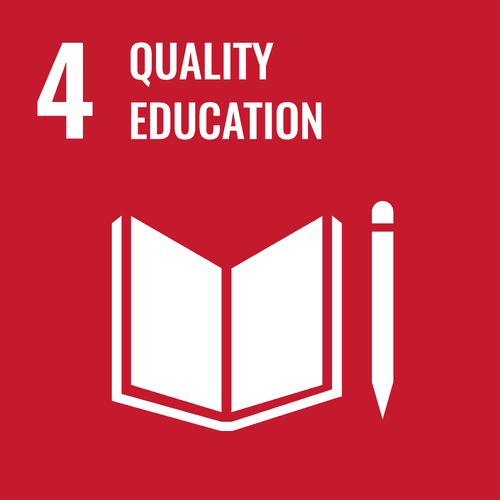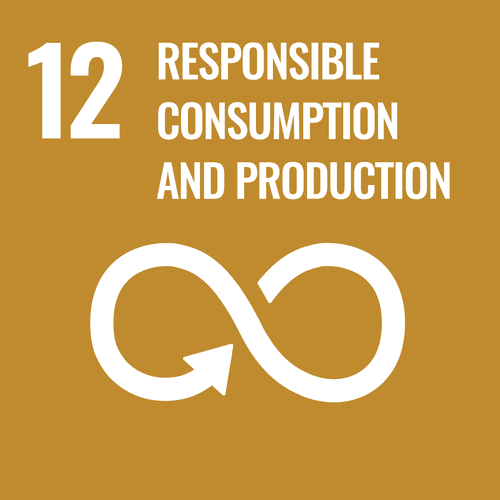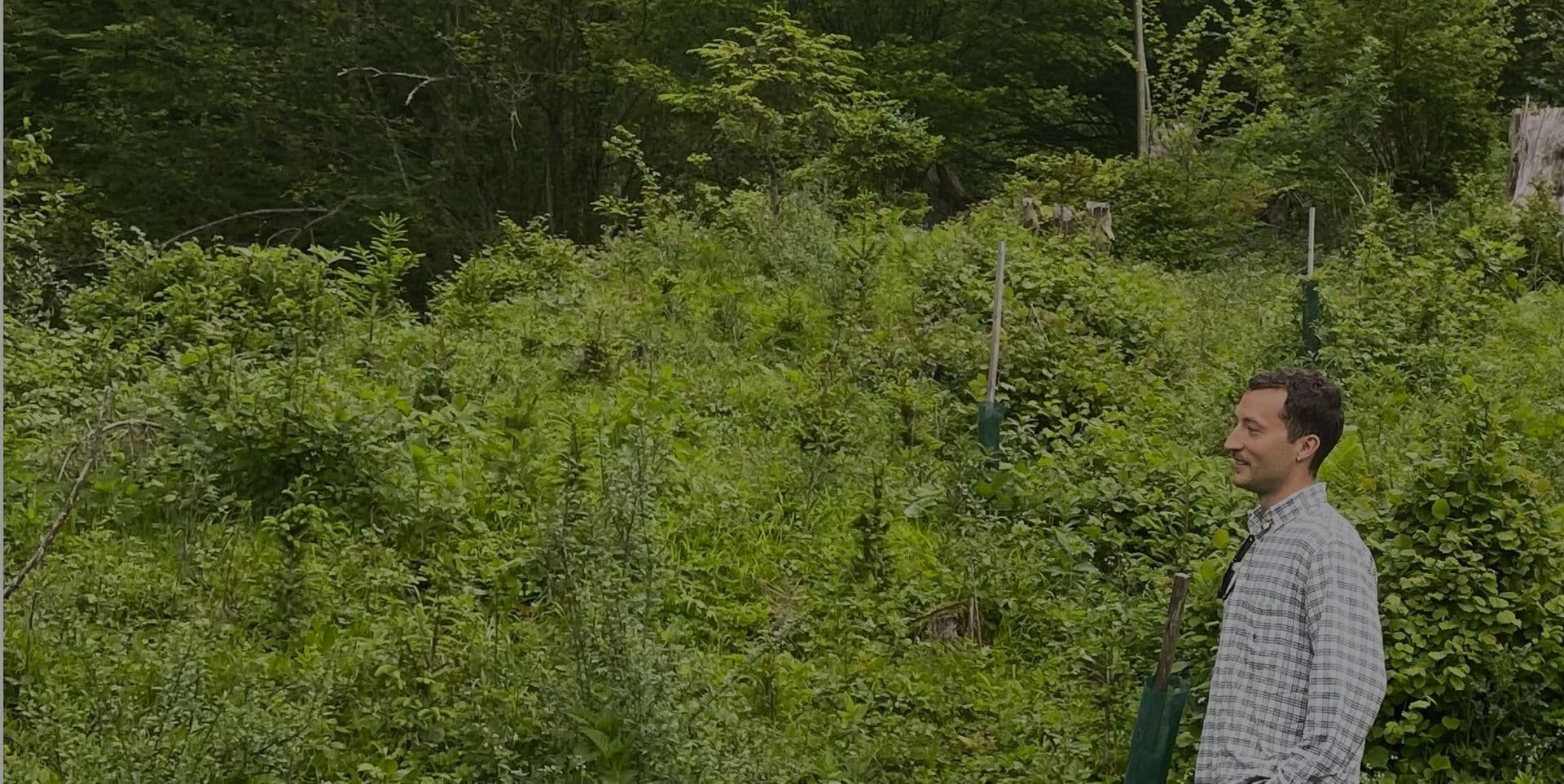
Forestry office Gstatt
Project Infos
Project Area
2,883.5 ha
Location
Gstatt
Project Start Date
January 2023
Project Time Span
30 years
Project Type
IFM - Removal + Conservation
Project Developer
Tree.ly, Dornbirn
Verification Standard
SILVACONSULT® Forest Carbon Standard, ISO 14064-2

Credits available
Risk Buffer Share
10%

The Schwarzensee is a biotope that is closely linked to the forest ecosystem and offers a variety of habitats.

Extreme weather such as storms damage the forest and encourage the spread of bark beetles, which threaten healthy stands.

The mountain maple - robust & adaptable

Cow pastures in alpine mountain regions

Resilient larch trees on barren rock

The steep terrain makes management more difficult, especially when it comes to combating the bark beetle.
Milestones
Project timeline

05 February 2024
Successful Verification

13-14 November 2024

Forest Audit at Forestry Office Gstatt

15 June 2023
Feasibility Study finalised
Forest Climate Protection Project
A forest with unique features
Support Forests in Your Region
Buy regional credits to make a valuable contribution to the current climate problem.

Maximilian Venhofen
Carbon Credit Specialist

Essential forest functions
Mountain forests adapt to extreme conditions. These forests serve crucial ecological roles, such as preventing soil erosion, maintaining water balance, and preserving biodiversity, all contributing to the stability of mountain regions. Due to their proximity to the snow line and the thin soils, high mountain forests are especially vulnerable to climate change, which can impact local flora and fauna.

Valuable grazing areas
The alpine grazing areas serve an essential ecological function that extends far beyond their role as mere grazing lands for animals. These areas create a diverse habitat, perfectly suited for specialized plant and animal species that have adapted to the extreme conditions of higher mountain elevations. Noteworthy among them are species like sundew, edelweiss, alpine gentian and alpenrose, which thrive in these regions.

Protection of the animal wildlife
About 15 years ago, the Alpine ibex was successfully reintroduced to the Styrian territory. This successful reintroduction not only saved an endangered species but also played a vital role in maintaining the ecological balance and the natural beauty of the mountain landscape.
GENUINE
Meaningful actions with your money

Forest Restructuring
Monoculture stands are being converted into climate-resilient mixed forests.

Reforestation
Reforestation of former damaged areas is undertaken.

Regeneration
Measures such as browsing protection, regeneration promoting measures, etc.

Conservation
Biodiversity enhancement, deadwood, water protection.

Protection Forests
Supporting the forest's protective function against avalanches, landslides, etc.

Harvesting
More expensive timber harvesting due to difficult accessibility, support by costly technology like cable cranes, etc. is made possible.
Problems
Insight into the challenges

Accessibility of the forests
Gstatt Forestry Office's steep slopes offer both scenic beauty and distinct logistical challenges. Conquering these challenges is vital for sustainable timber harvesting. Managing these rugged areas requires tailored technical solutions and specialized equipment to match local conditions effectively.

Natural disasters
Gstatt Forestry Office faces challenges posed by environmental upheavals. Storms, droughts, and soil erosion threaten the forest. To protect the ecosystem, the office uses prevention, early warnings, and resilient trees, requiring adaptive forest management.

Climate-resilient forests
Making forests climate-resilient is essential as climate change disrupts their patterns and dynamics. Adaptation, including resilient tree species, diverse composition, and sustainable management, is crucial. Gstatt Forestry Office addresses this, crafting strategies to boost regional forest resilience against climate change impacts.
SUSTAINABLE DEVELOPMENT GOALS
How this projects supports the SDG’s

SDG 4
Education
In the Gstatt Forestry Office, the NETGEN trail is synonymous with nature experience and education. Through interactive stations, this trail imparts knowledge about the forest, wildlife, and climate change.
SDG 8
Decent Work and Economic Growth
The timber production and processing of the Gstatt Forestry Office form a versatile value chain that contributes to strengthening the local economy and promoting economic growth.
SDG 12
Sustainable Consumption and Production
By adhering to internationally recognized standards for sustainable forestry, the Gstatt Forestry Office ensures that timber production is environmentally friendly and socially responsible.
SDG 13
Climate protection measures
The Forestry Office Gstatt contributes significantly to climate protection through sustainable forest management. Targeted measures such as afforestation, forest maintenance, and gentle timber harvesting promote carbon sequestration in the forest.
ISO 14064-2:2019 Based Methodology
Our projects use the "SILVACONSULT® Forest Carbon Standard" methodology according to ISO 14064-2:2019, which ensures that companies follow transparent and consistent methods to measure and report their emissions.

Externally Certified Projects
In cooperation with our partner, we organize the validation of our projects by an external certifier such as TÜV Austria. We then coordinate the annual monitoring by the certifier as well as the marketing and distribution of the verified climate protection services (VER).

Forest climate protection with Tree.ly

